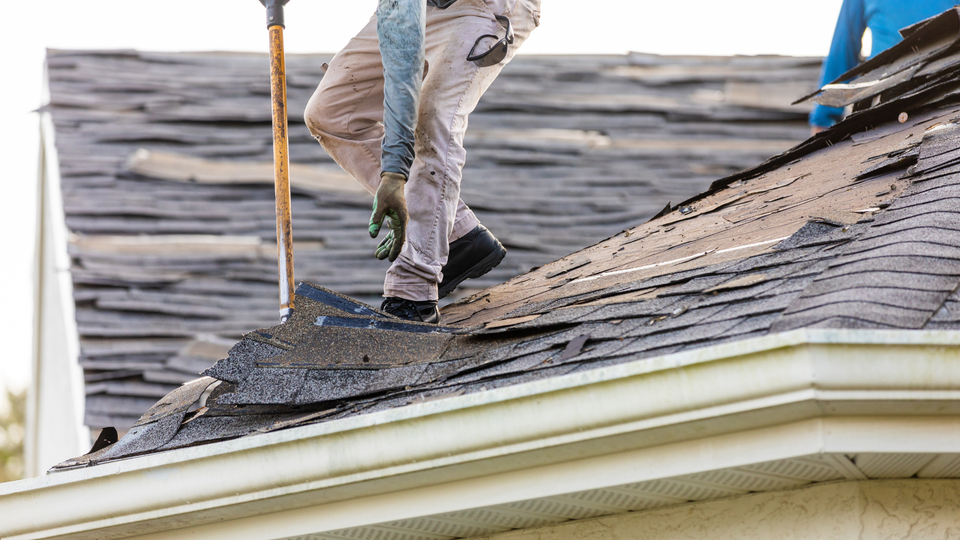

Introduction
A well-maintained roof is essential for the protection and longevity of any home. However, roofs are constantly exposed to the elements, which can lead to various types of damage over time. Understanding the different types of roof damage and knowing how to address them is crucial for homeowners.
This article will dive into the most common types of roof damage, including missing shingles, leaks, water damage, cracked flashing, and granule loss. By recognizing these issues early and taking appropriate action, you can avoid extensive repairs and ensure your roof continues to protect your home effectively
This article will dive into the most common types of roof damage, including missing shingles, leaks, water damage, cracked flashing, and granule loss. By recognizing these issues early and taking appropriate action, you can avoid extensive repairs and ensure your roof continues to protect your home effectively
Types of Roof Damage
The Top Five Most Common Types of Roof Damage
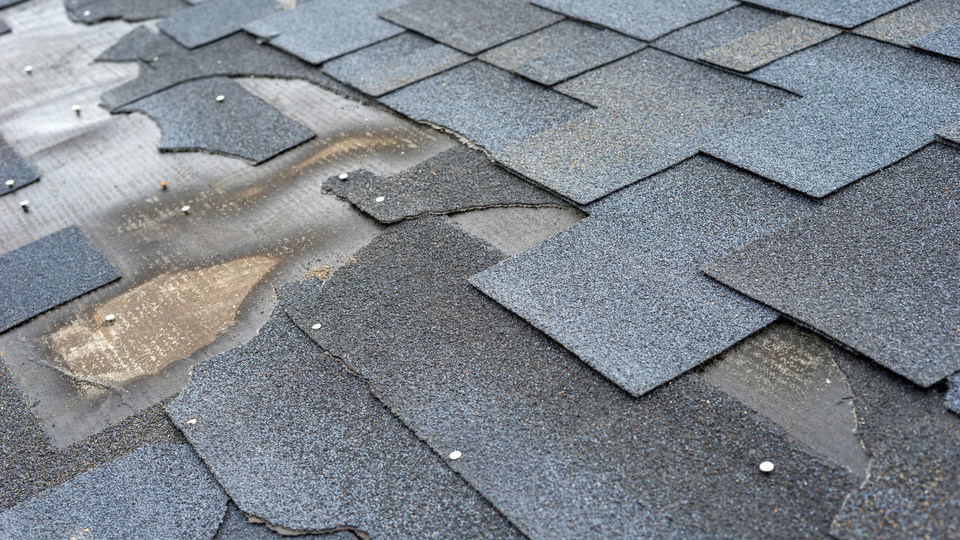
Missing Shingles
One of the most noticeable types of roof damage is missing shingles. Shingles protect your roof from water infiltration. When they go missing, your roof becomes vulnerable to leaks and other problems.
Missing shingles can also increase energy costs, allowing heat to escape in the winter and cool air to leak out in the summer. Without an intact layer of shingles, your roof's underlayment and decking are exposed to weather conditions, exacerbating potential damage.
Quick tip: Perform a visual inspection of your roof after every storm. Look for shingles on the ground or visible gaps on the roof itself.
Missing shingles can also increase energy costs, allowing heat to escape in the winter and cool air to leak out in the summer. Without an intact layer of shingles, your roof's underlayment and decking are exposed to weather conditions, exacerbating potential damage.
Quick tip: Perform a visual inspection of your roof after every storm. Look for shingles on the ground or visible gaps on the roof itself.
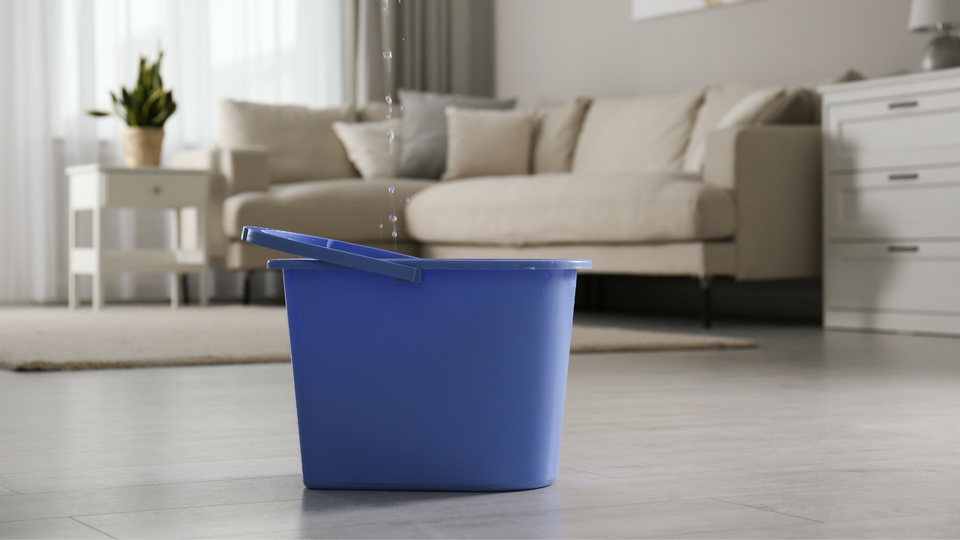
Leaks
Leaks are one of the most common types of roof damage. Leaks can develop from many sources, like missing shingles or cracked flashing. Even minor leaks can cause significant issues over time.
It's essential to routinely check areas where leaks commonly occur, such as around chimneys, vents, and skylights, and perform periodic attic inspections for hidden issues.
Did you know? Water stains on your ceiling can be a sign of a roof leak. If you notice these stains, act quickly to prevent further damage. Leaving leaks unaddressed can lead to rot, mold, and damage to electrical systems within your home.
It's essential to routinely check areas where leaks commonly occur, such as around chimneys, vents, and skylights, and perform periodic attic inspections for hidden issues.
Did you know? Water stains on your ceiling can be a sign of a roof leak. If you notice these stains, act quickly to prevent further damage. Leaving leaks unaddressed can lead to rot, mold, and damage to electrical systems within your home.
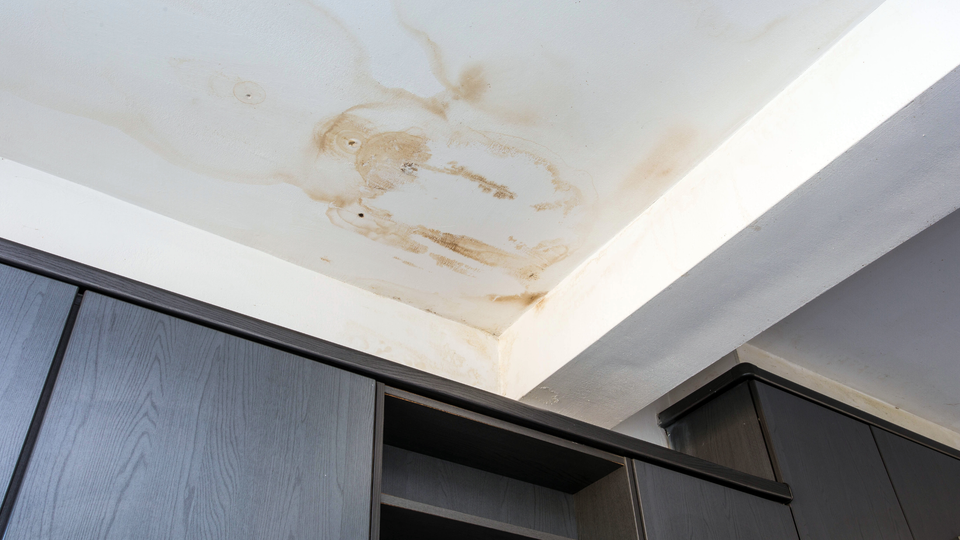
Water Damage
Water damage often goes hand-in-hand with leaks. This type of damage can compromise the structural integrity of your home. It can also lead to mold growth, which poses health risks.
Examine the walls and ceilings in living areas for peeling paint or wallpaper, as these can indicate underlying water issues.
Quick tip: Check your attic regularly for signs of water damage. Look for damp insulation or discoloration on wooden beams. Proper insulation and ventilation in the attic can also minimize the risk of water damage.
Examine the walls and ceilings in living areas for peeling paint or wallpaper, as these can indicate underlying water issues.
Quick tip: Check your attic regularly for signs of water damage. Look for damp insulation or discoloration on wooden beams. Proper insulation and ventilation in the attic can also minimize the risk of water damage.
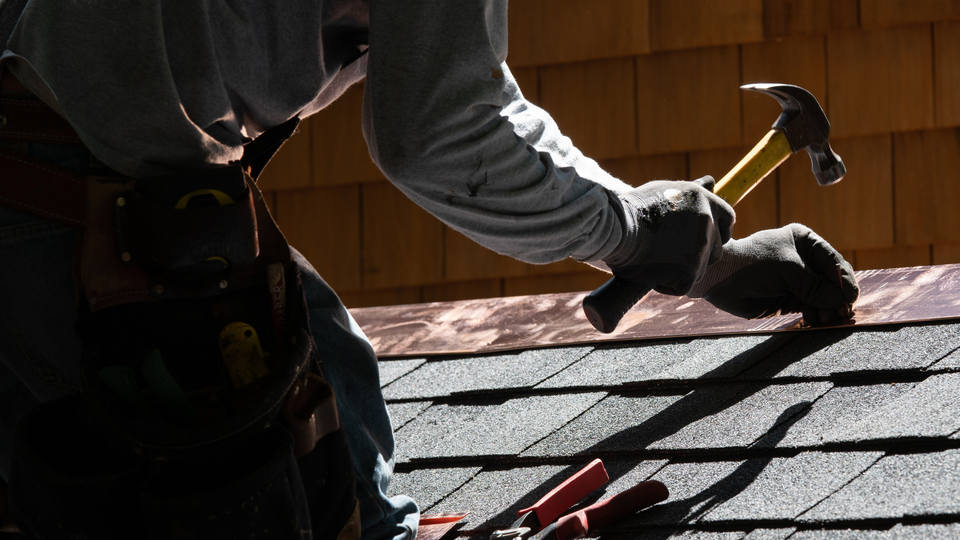
Cracked Flashing
Flashing is the material used to seal joints and edges on your roof. Over time, flashing can crack or corrode, leading to leaks. This is one of the common types of roof damage that occurs around chimneys, vents, and skylights.
Replacing damaged flashing is a quick fix that can prevent more extensive roof repairs down the line. It's essential to regularly inspect these areas and replace any damaged flashing promptly.
Did you know? Proactive maintenance of the flashing can significantly extend the lifespan of your roof by preventing water from seeping in and causing rot within the roofing structure. Also, using high-quality flashing materials can improve durability and reduce the need for frequent repairs.
Replacing damaged flashing is a quick fix that can prevent more extensive roof repairs down the line. It's essential to regularly inspect these areas and replace any damaged flashing promptly.
Did you know? Proactive maintenance of the flashing can significantly extend the lifespan of your roof by preventing water from seeping in and causing rot within the roofing structure. Also, using high-quality flashing materials can improve durability and reduce the need for frequent repairs.
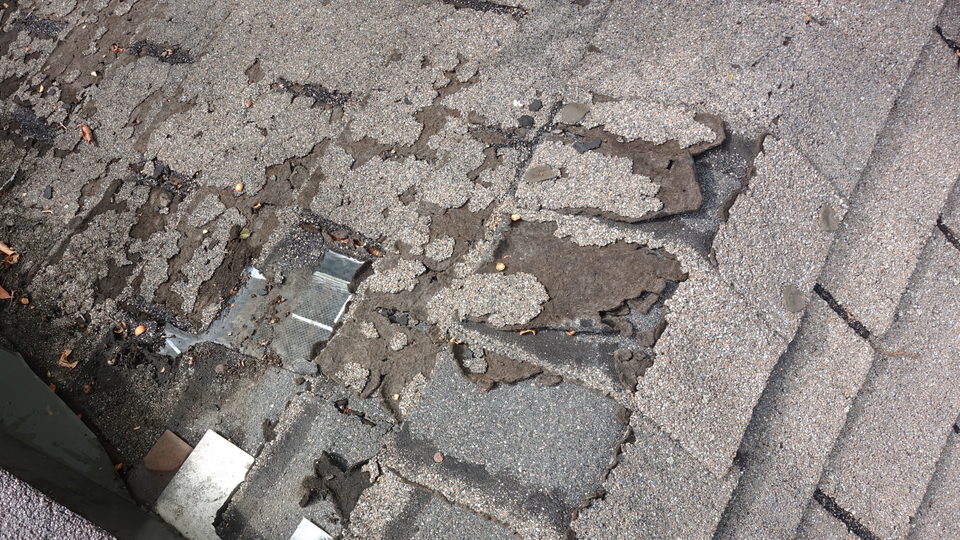
Granule Loss
Granules on shingles serve as a protective layer against UV rays and harsh weather. Over time, you may notice granule loss, which can accelerate roof aging and damage.
Excessive granule loss can indicate it's time for a shingle replacement. Granule loss not only diminishes the aesthetic appeal of your roof but also significantly reduces its ability to protect against the elements. Without granules, the underlying asphalt is exposed, making the shingles more vulnerable to cracking, curling, and further degradation.
Quick tip: Inspect your gutters and downspouts for granules. Regularly cleaning and maintaining your gutters can help you monitor for granule loss and address it promptly.
Excessive granule loss can indicate it's time for a shingle replacement. Granule loss not only diminishes the aesthetic appeal of your roof but also significantly reduces its ability to protect against the elements. Without granules, the underlying asphalt is exposed, making the shingles more vulnerable to cracking, curling, and further degradation.
Quick tip: Inspect your gutters and downspouts for granules. Regularly cleaning and maintaining your gutters can help you monitor for granule loss and address it promptly.
When to Call a Professional
Identifying the types of roof damage is the first step. Knowing when to call a professional is just as crucial. If you notice any of the following, it's time to seek expert help:
- Persistent leaks, despite DIY repairs
-
Significant water damage in your attic or ceiling
- Large sections of missing or damaged shingles
- Cracked or corroded flashing in multiple areas
- Extensive granule loss on shingles
Professionals can thoroughly assess and recommend the best course of action to repair your roof. Hiring a professional roofer ensures that repairs are done correctly and safely, providing peace of mind.
They have the tools and experience necessary to identify problems that may not be visible to the untrained eye, ensuring comprehensive repairs and maintenance.
FAQs
How often should I inspect my roof?
It is recommended to inspect your roof at least twice a year, ideally in the spring and autumn. Additionally, you should conduct an inspection after major weather events, such as storms or heavy snowfall, to check for any potential damage.
Can I repair my roof myself?
While minor repairs such as replacing a shingle can be done by handy homeowners, it is generally safer and more effective to hire a professional roofer. Professionals have the necessary tools, experience, and safety measures in place to address roof issues comprehensively.
What is the average lifespan of a roof?
The average lifespan of a roof depends on the materials used. Asphalt shingles typically last 20-30 years, while metal roofs can last 40-70 years. Regular maintenance and prompt repairs can help extend the lifespan of your roof regardless of the material.
How can I prevent further roof damage?
To prevent further types of roof damage, conduct regular inspections, keep gutters clean, remove debris from the roof, and address any minor issues promptly. Timely repairs and regular maintenance can greatly reduce the risk of significant types of roof damage and prolong the life of your roof.
When should I consider a full roof replacement?
A full roof replacement should be considered if your roof is nearing the end of its lifespan, has extensive damage, or has multiple persistent issues that cannot be resolved with simple repairs. A professional roofer can provide an assessment to determine if a replacement is the best course of action.
It is recommended to inspect your roof at least twice a year, ideally in the spring and autumn. Additionally, you should conduct an inspection after major weather events, such as storms or heavy snowfall, to check for any potential damage.
Can I repair my roof myself?
While minor repairs such as replacing a shingle can be done by handy homeowners, it is generally safer and more effective to hire a professional roofer. Professionals have the necessary tools, experience, and safety measures in place to address roof issues comprehensively.
What is the average lifespan of a roof?
The average lifespan of a roof depends on the materials used. Asphalt shingles typically last 20-30 years, while metal roofs can last 40-70 years. Regular maintenance and prompt repairs can help extend the lifespan of your roof regardless of the material.
How can I prevent further roof damage?
To prevent further types of roof damage, conduct regular inspections, keep gutters clean, remove debris from the roof, and address any minor issues promptly. Timely repairs and regular maintenance can greatly reduce the risk of significant types of roof damage and prolong the life of your roof.
When should I consider a full roof replacement?
A full roof replacement should be considered if your roof is nearing the end of its lifespan, has extensive damage, or has multiple persistent issues that cannot be resolved with simple repairs. A professional roofer can provide an assessment to determine if a replacement is the best course of action.
Conclusion
Understanding the common types of roof damage can help you maintain your home more effectively. From missing shingles to granule loss, each type of damage requires prompt attention.
Regular inspections and quick repairs can extend the life of your roof and protect your home. Make sure to monitor your roof, especially after harsh weather conditions. If you encounter any of the issues mentioned, don't hesitate to call a professional for a comprehensive assessment.
By staying vigilant, you can ensure that your roof remains in excellent condition for years. Preventative maintenance and timely repairs not only save you money in the long run but also guarantee the safety and integrity of your home. Regular checkups can spot minor issues before they become significant problems, helping to avoid costly repairs and potential damage to the interior of your house
Regular inspections and quick repairs can extend the life of your roof and protect your home. Make sure to monitor your roof, especially after harsh weather conditions. If you encounter any of the issues mentioned, don't hesitate to call a professional for a comprehensive assessment.
By staying vigilant, you can ensure that your roof remains in excellent condition for years. Preventative maintenance and timely repairs not only save you money in the long run but also guarantee the safety and integrity of your home. Regular checkups can spot minor issues before they become significant problems, helping to avoid costly repairs and potential damage to the interior of your house
